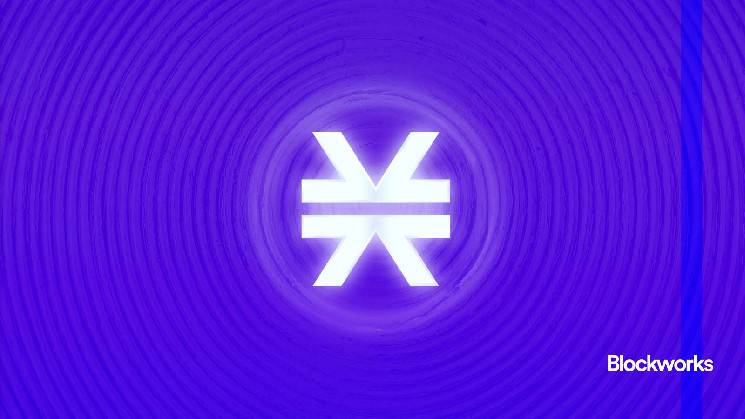This is a segment from the 0xResearch newsletter. To read full editions, subscribe.
Bitcoin maxis, it’s time to take notice — sBTC on Stacks is here, and it’s designed to let your bitcoin work overtime, according to Andre Serrano, head of product at Stacks.
“The nice thing about this is that you are eligible for this yield both by holding it as well as deploying it in DeFi,” Serrano told Blockworks.
Here’s the alpha:
- Mint and hold sBTC — by bridging bitcoin into sBTC (a 1:1 bitcoin-backed asset secured via Stacks), users become eligible for rewards (bitcoinismore.org) paid out in bitcoin, not points or inflationary tokens. Rewards are distributed every two weeks — BTC in, BTC out — simple and clean
- Deploy in DeFi — The rewards don’t need to stop there. Stacks-native DeFi protocols like Zest offer additional incentives on top of the base 5%. For example, by supplying sBTC in Zest, a bitcoin liquidity protocol, users can stack another 6-7% APY in extra incentives.
The kicker? Unlike other BTC-pegged solutions, sBTC stays liquid — you don’t need to stake or lock it up to earn rewards. However, there’s one caveat: Withdrawals back to the Bitcoin network will only be enabled in March 2025. So, for the most trust-minimized way to bridge back, you’ll need to wait.
But sBTC is expected to soon be bridgeable to chains like Solana and Aptos via Axelar, anticipated for January. So, there could be a circuitous route back to Bitcoin via these protocols, subject to liquidity constraints.
On Stacks, sBTC currently relies on a threshold signature 15-key multisig setup, where 15 signers from the community manage deposits and withdrawals. This operates under an honest majority assumption, meaning at least 8 of the 15 signers must act honestly for the system to remain secure.
To bolster trust, Stacks has onboarded reputable, professional signers like Blockdaemon and Kiln, firms known for securing billions in assets across multiple chains. These signers also post collateral and earn bitcoin rewards for maintaining the protocol, aligning incentives to ensure security.
Looking ahead, the plan is to gradually decentralize the system by integrating sBTC into the Stacks consensus mechanism, where all Stacks signers will eventually participate. This will further enhance security, bringing trust assumptions closer to those of Stacks itself.


